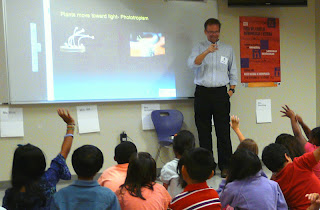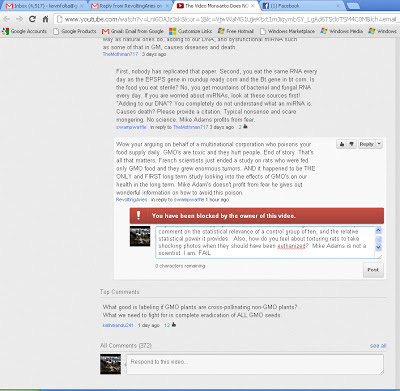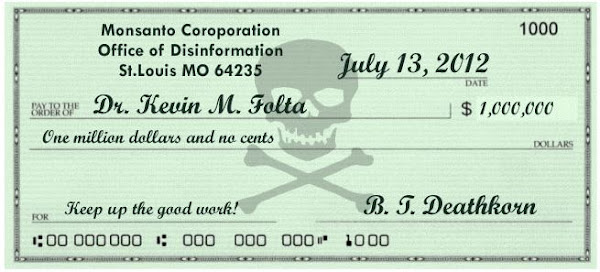Never Agree to Disagree in Science
Every now and then I'll be in a discussion with someone on a scientific topic. There are three conversation enders that I abhor. 1. "You are just a shill for (insert company, political party, etc here), how much are they paying you?" Read about that one here. 2. "What-ever." Which is code for "I got nuthin'" 3. "We'll just have to agree to disagree." I just hate that last one, and it is the typical refuge of someone intelligent that has walled off their desire, but not ability, to learn about a given topic. For me, I can't "Agree to Disagree" about a scientific topic. If I'm wrong, please show me the evidence-- convince me. If you're wrong, it is important that I show you my evidence and convince you. Open hearts and minds can agree to find Truth, and discussion of evidence is the first step. Scientists and teachers are, by nature, compelled to do this ...





